Just because it says “organic” on the label doesn’t mean it’s effective—or safe. Many organic pest sprays promise to banish bugs while protecting your plants, but in reality, some are overpriced, underperforming, or even harm beneficial insects. If you’ve been spraying for weeks with no results, the problem may not be the pests—it may be the spray.
The good news? There are natural pest solutions that actually work—and most of them don’t come in a bottle. From companion planting and beneficial bugs to DIY traps and garden hygiene, these time-tested methods are easy to implement and deliver real results without harming your soil, pollinators, or wallet. You may already have everything you need at home to get started.
In this guide, we’ll break down 6 “organic” pest sprays that tend to disappoint—and then offer 10 natural fixes that experienced gardeners swear by. Whether you’re dealing with aphids, whiteflies, slugs, or spider mites, these alternatives can help you create a thriving, chemical-free garden that truly works with nature, not against it.
Neem Oil Spray
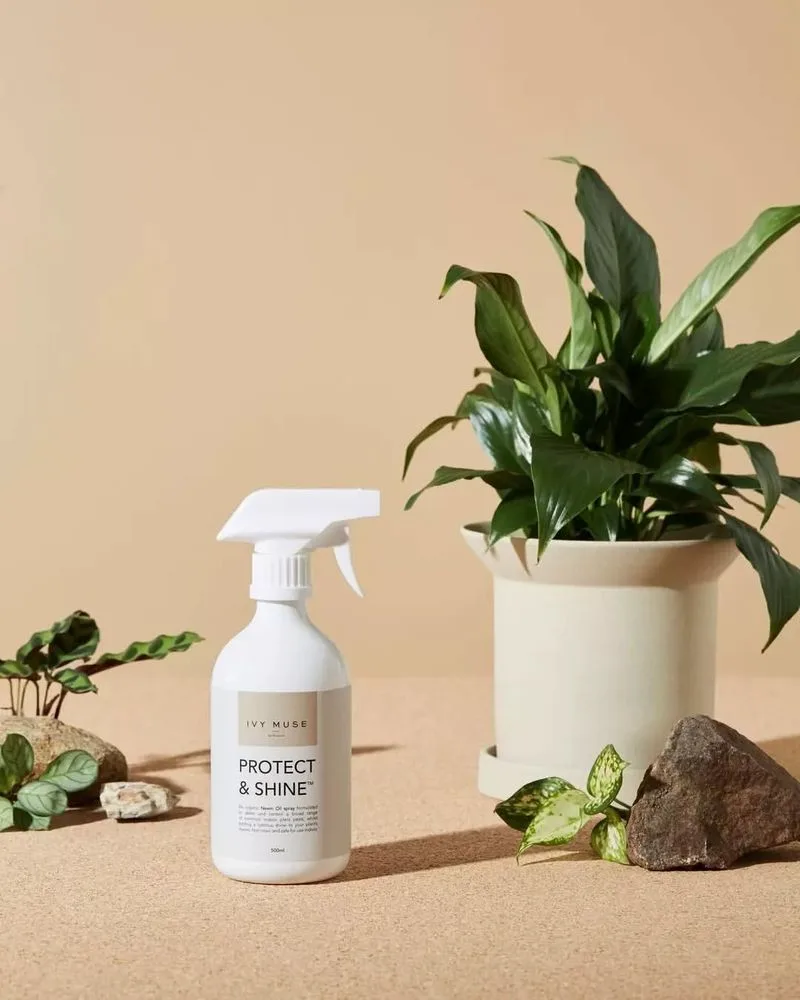
Neem oil is often hailed as a universal remedy for garden pests. While its reputation precedes it, effectiveness can vary. Neem oil disrupts the life cycle of certain insects but requires consistent application. It’s not a miracle cure; rather, it’s a tool that works best for specific pests like spider mites and whiteflies. Gardeners often find themselves disappointed when expecting immediate results. Patience and persistence are key when incorporating neem oil in pest management, and it should be used as part of a broader integrated pest management strategy.
Diatomaceous Earth
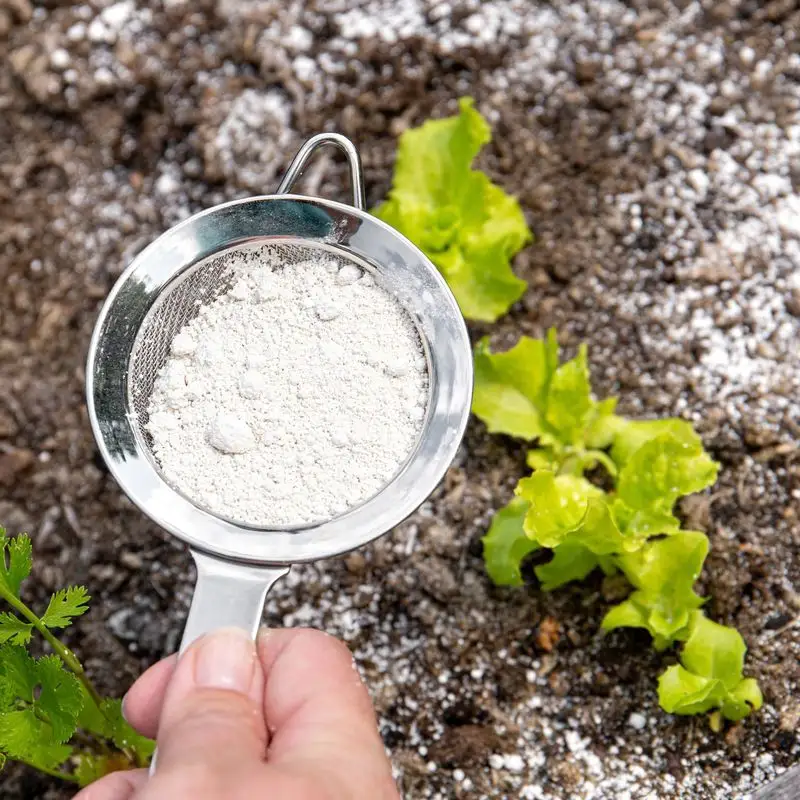
Diatomaceous earth is touted as a natural pest deterrent. Its abrasive properties can indeed harm soft-bodied insects. Yet, it loses efficacy when wet, making it tricky for outdoor use in rainy climates. Application must be frequent and thorough. It serves more as a preventative measure than an immediate solution. Its role lies in the ability to deter rather than eradicate pests overnight. While it may not be the all-powerful remedy some claim, it can be a useful component in a holistic approach to pest control.
Garlic Spray
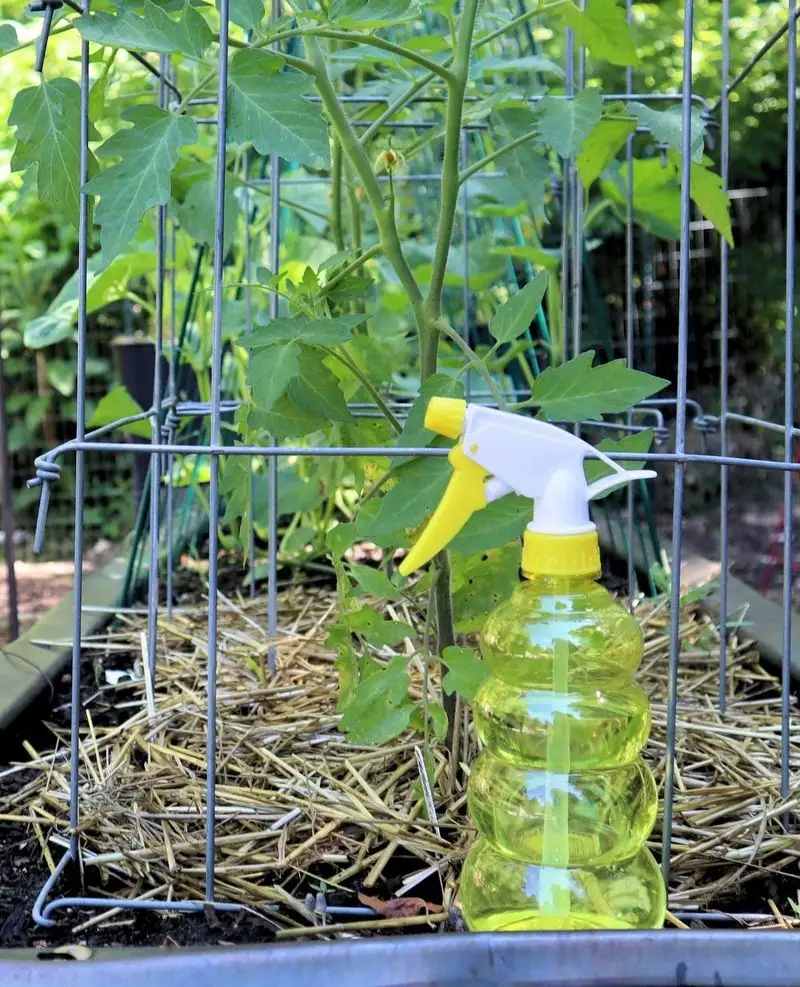
Garlic spray holds an aromatic allure for those seeking organic pest control. Its pungent smell is believed to repel a variety of insects. However, results can be mixed. It may deter certain pests, yet others seem unbothered by its presence. Garlic spray needs frequent reapplication and can be less effective in windy or rainy conditions. While not inherently harmful, its potency lies in regular use and combination with other pest management practices. For those patient enough to give garlic spray a try, it can be a worthwhile addition to their pest control toolkit.
Soap Spray
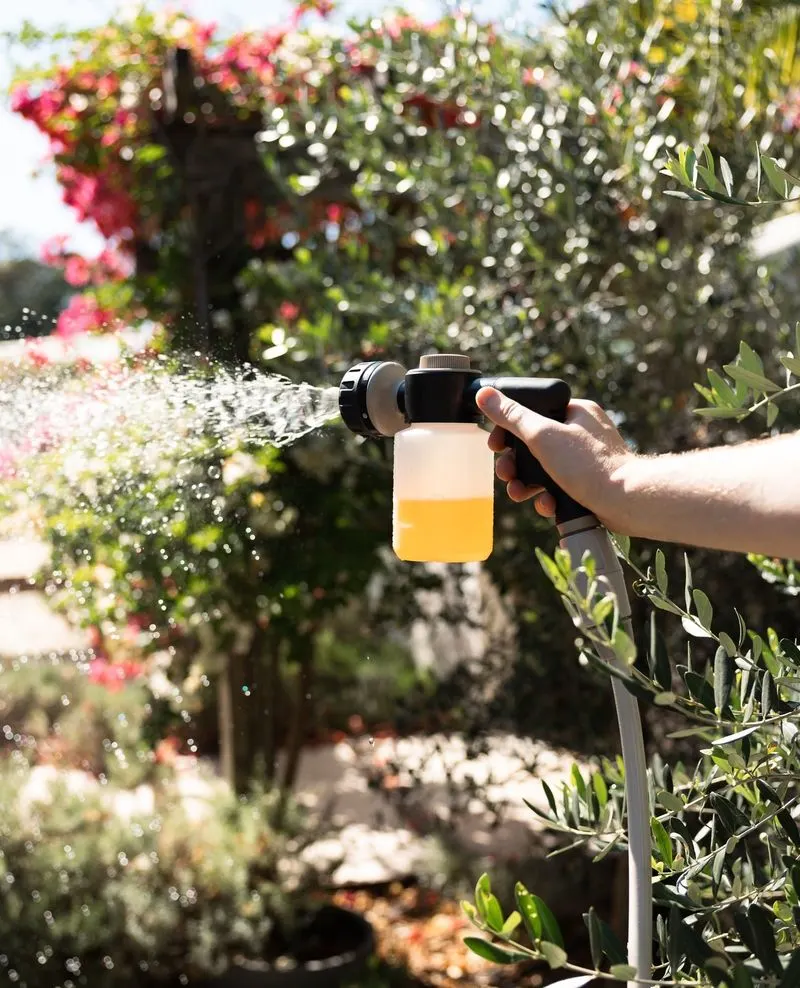
Soap spray is often recommended for its simplicity and efficacy against soft-bodied insects. While it can help reduce pest numbers, it’s not without limitations. Soap spray acts by suffocating insects but requires direct contact to work. It may not be effective for all pest types or in all situations. For best results, gardeners need to spray directly on the pests. It’s a helpful option for those looking to manage minor infestations without resorting to harsh chemicals, but expectations should be realistic about its reach and limitations.
Bacillus Thuringiensis (Bt)
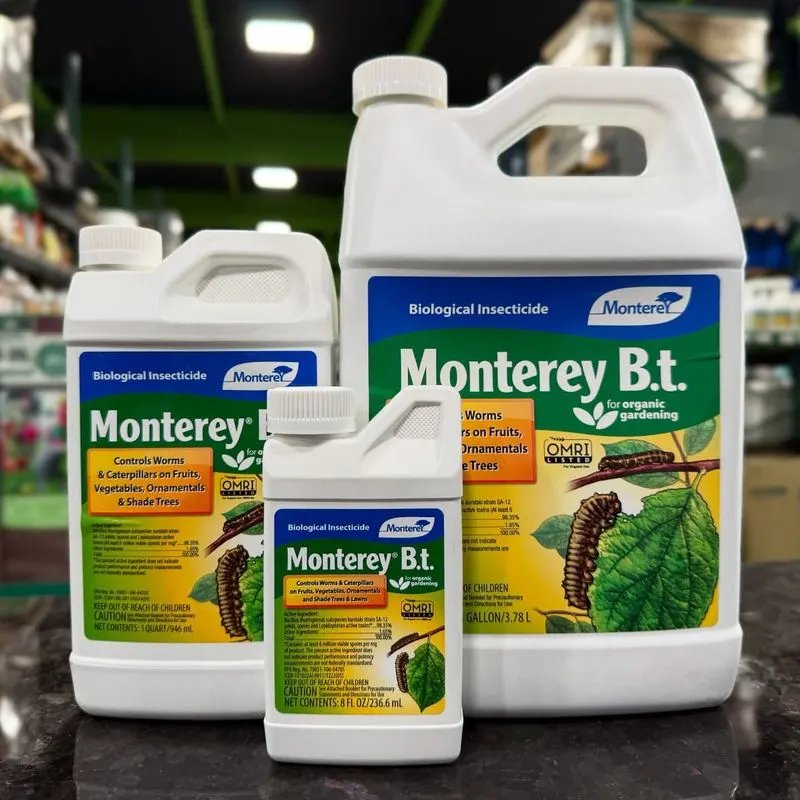
Bacillus Thuringiensis (Bt) is a biological pesticide that targets specific insects. Its promise lies in its targeted approach, sparing beneficial insects. However, its range is narrow, primarily affecting caterpillars and certain larvae. It’s not a catch-all solution for garden pests and requires knowledgeable application. Despite its limitations, Bt can be an environmentally friendly choice for dealing with caterpillar infestations. Gardeners should understand its scope and use it in concert with other methods for comprehensive pest management. Bt remains a specialized tool rather than a universal remedy.
Companion Planting
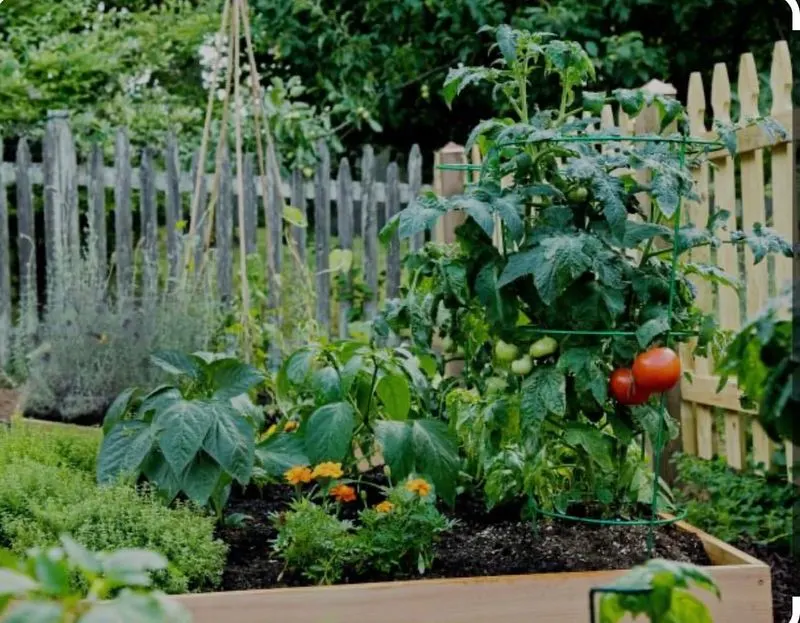
Companion planting is a time-honored gardening practice that leverages plant relationships to ward off pests. For instance, marigolds are known to repel nematodes, while basil can deter flies. This method requires careful planning and understanding of plant interactions. It’s not about instant results but fostering a balanced ecosystem that naturally reduces pest numbers. Companion planting works best as a preventative measure. By strategically placing plants that complement each other, gardeners can create a self-sustaining environment that minimizes pest impact.
Attracting Beneficial Insects
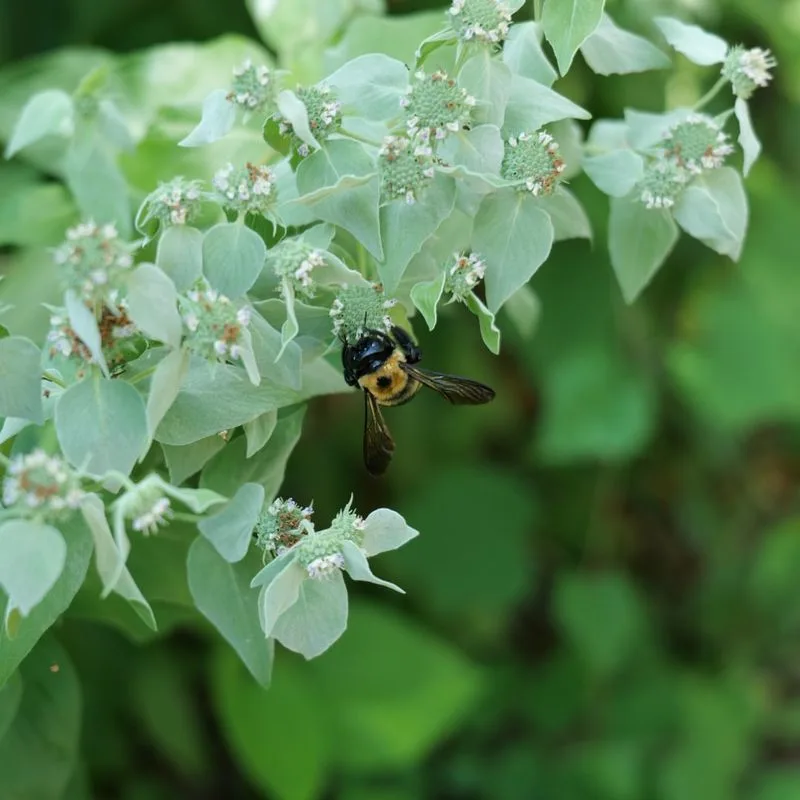
Ladybugs, lacewings, and bees are unsung heroes in the battle against pests. Creating an inviting habitat for these beneficial insects can naturally keep pest populations in check. Flowering plants like dill and fennel attract these helpful bugs. This strategy requires a long-term approach, focusing on creating a garden that supports a diverse range of life. Beneficial insects act as nature’s pest controllers, reducing reliance on sprays and chemicals. By fostering these tiny allies, gardeners can achieve a more sustainable and eco-friendly pest management solution.
Manual Removal
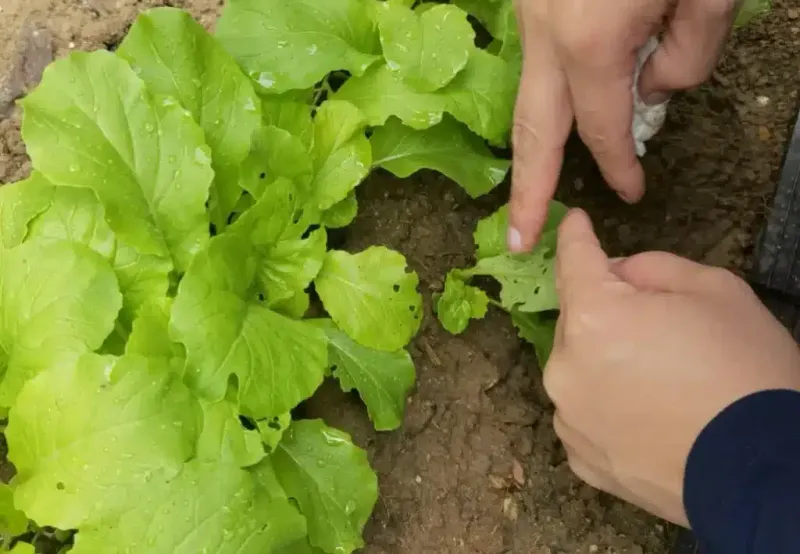
Sometimes, the most direct approach is the simplest. Manually removing pests involves physically picking them off plants. This method requires diligence and regular monitoring. It’s effective for small gardens or minor infestations, offering immediate results without chemicals. While labor-intensive, it allows gardeners to closely inspect plant health. Manual removal can be satisfying as part of a broader pest control plan. It offers a hands-on, chemical-free solution that appeals to those who enjoy active involvement in their garden’s wellbeing.
Row Covers
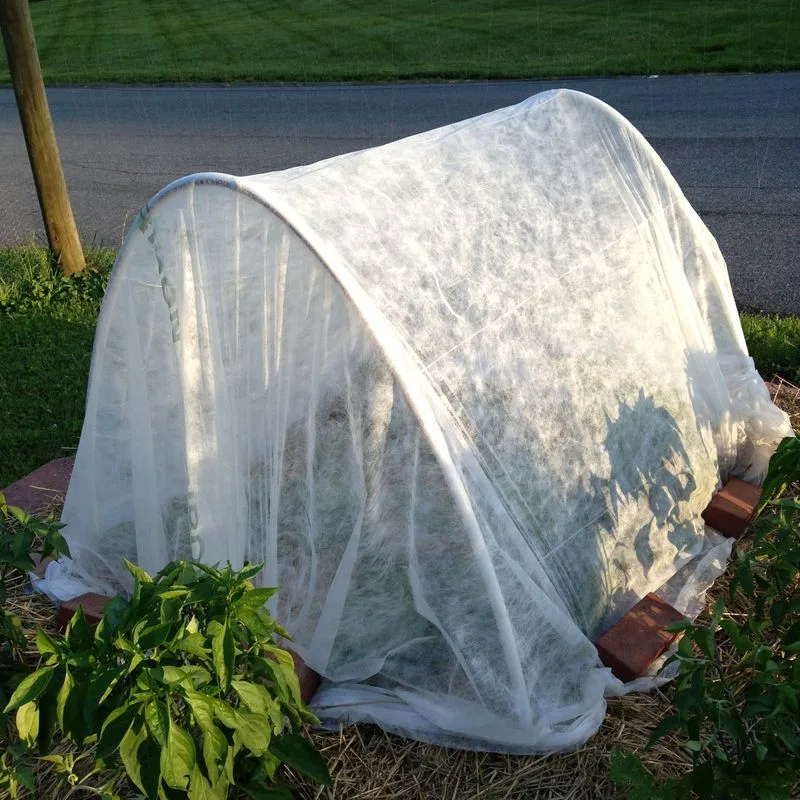
Row covers are a physical barrier protecting plants from pest invasion. They provide an effective shield from insects while allowing sunlight and rain to reach the plants. This method is particularly useful for crops vulnerable to pests in their early growth stages. Row covers are not a one-size-fits-all solution, as they need proper installation and management. They do limit access for pollinators, so timing their use is crucial. When used correctly, row covers can be a low-tech, highly effective component of integrated pest management.
Floating Row Covers

Floating row covers offer an adaptable solution for protecting plants from insects. These lightweight fabrics float above crops, creating a barrier without restricting growth. They’re particularly effective for leafy greens and young plants. While they provide excellent protection from pests, they also require occasional adjustment and monitoring. Floating row covers can help maintain an insect-free environment during critical growth stages. Their benefits include reduced need for chemical interventions and fostering healthier plants. This method is part of a sustainable approach to pest management.
Mulching
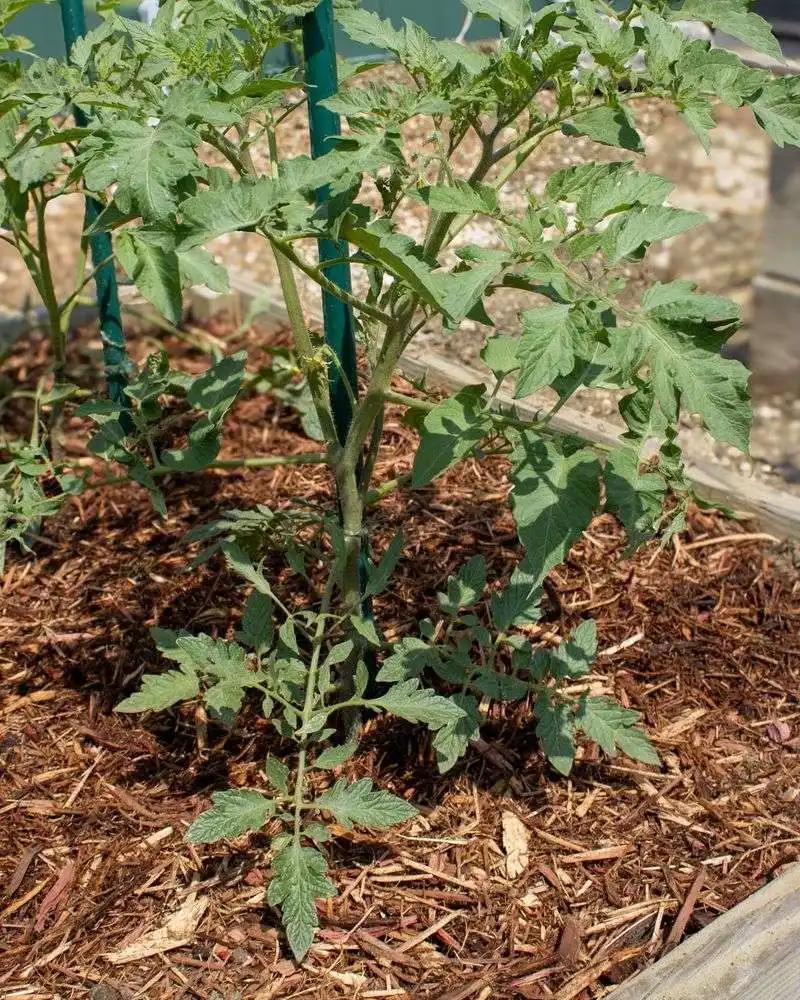
Mulching is a versatile garden practice that extends beyond moisture retention to pest control. By covering the soil, mulch can deter pests from laying eggs and disrupt their breeding cycles. Organic mulches like straw or wood chips can harbor beneficial insects that predate on pests. This barrier method complements other pest control efforts, offering a straightforward way to enhance the garden’s resilience. Mulching contributes to soil health and biodiversity, making it an essential part of a holistic gardening strategy. It’s about building a robust, self-regulating ecosystem.
Essential Oil Sprays
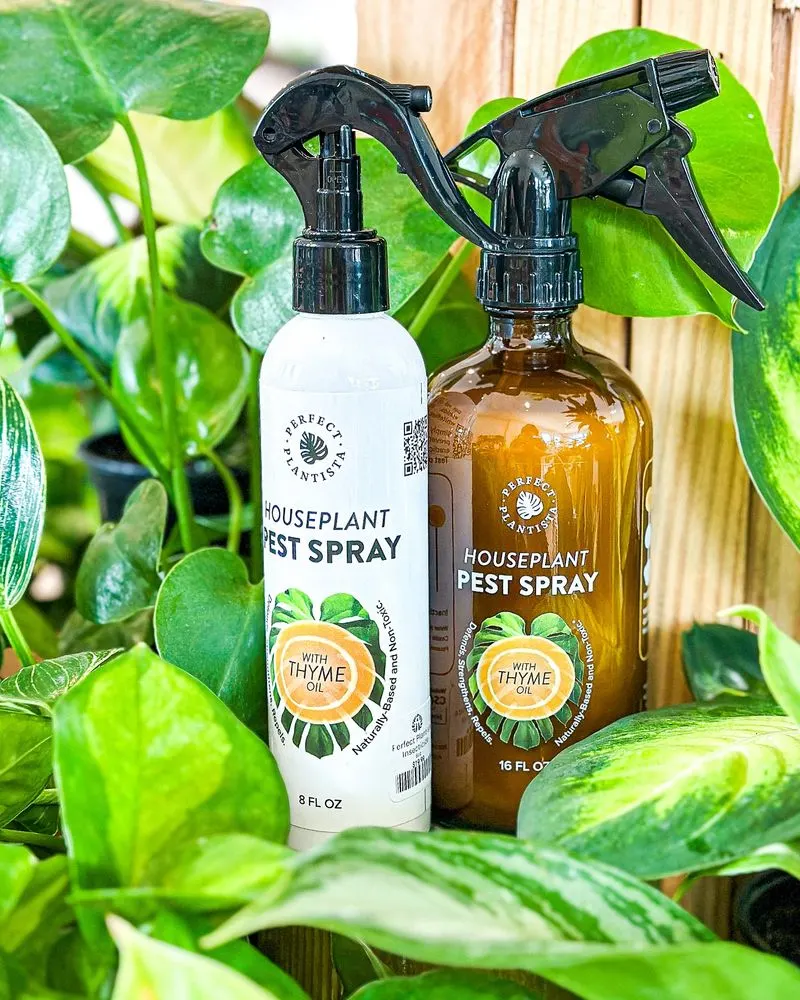
Essential oil sprays offer a fragrant alternative to chemical pesticides. Oils like peppermint and eucalyptus are believed to repel certain insects. However, their effectiveness varies widely and often requires frequent application. Essential oils can offer some relief from pests, but they’re not a stand-alone solution. Combining them with other methods enhances their potential. The appeal lies in their natural origin and pleasant scent. For those looking to reduce chemical use, essential oil sprays can be a delightful, albeit supplementary, tool in the gardener’s arsenal.
Copper Tape for Slugs
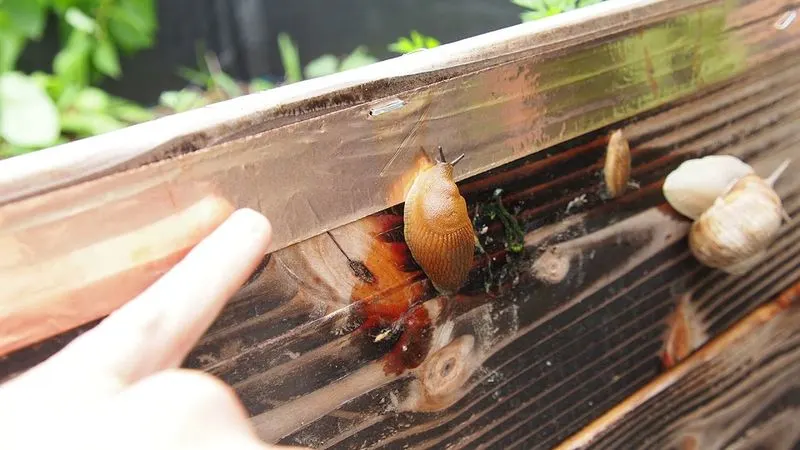
Copper tape is a curious yet effective method for deterring slugs and snails. When these pests come into contact with copper, it produces a mild electric charge, discouraging them from crossing. This barrier method is best suited for container gardens or small beds. While it won’t eradicate slugs, it can significantly reduce their numbers. Copper tape offers a chemical-free solution for those struggling with slug infestations. Its success depends on proper placement and regular maintenance. This quirky approach can be a valuable asset in a multi-faceted pest control plan.
Beer Traps for Slugs
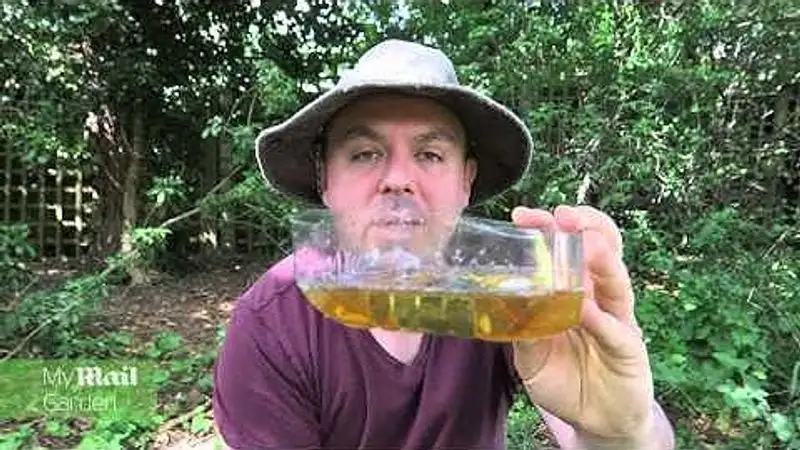
Beer traps are a popular method for slug control, utilizing yeast’s allure. Slugs are attracted to the beer, leading them into a container where they can’t escape. While not a total solution, beer traps can reduce slug numbers significantly. They’re simple to set up and offer a chemical-free alternative. Frequent monitoring and replenishment are necessary to maintain effectiveness. Beer traps can be part of a broader strategy to manage slugs, adding an element of fun to pest control. This method is both practical and engaging for garden enthusiasts.
Natural Predators
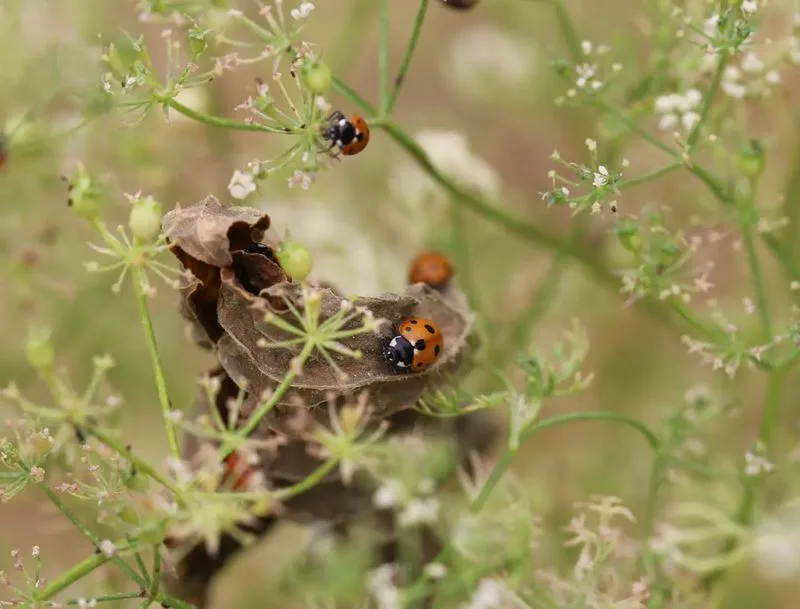
Embracing natural predators in the garden can significantly reduce pest populations. Birds, toads, and even bats play essential roles in controlling insects. By creating habitats like birdhouses or ponds, gardeners can attract these allies. This approach requires patience and a long-term vision, focusing on biodiversity. Encouraging natural predators reduces the need for chemical interventions and supports a balanced ecosystem. Engaging with nature’s food web can transform pest control into an enriching experience. It’s about harnessing the garden’s full potential through collaboration with its natural inhabitants.

